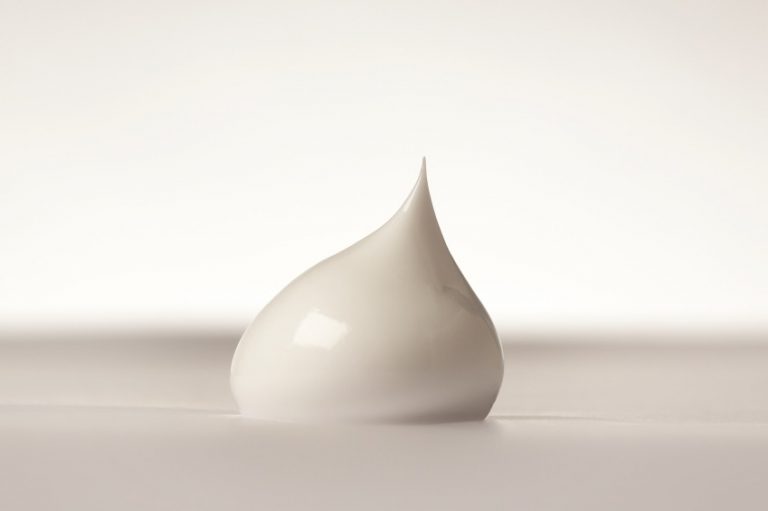Skin Creams Confirmed As Best For Hormone Use
It’s World Menopause Day and If you want to know why applying bioidentical hormones to the skin is more effective than other methods here’s why.

I am sometimes asked whether hormones can be effectively absorbed through the skin and happy to report the answer unequivocally is yes.
The New York Times has previously reported on how best to tackle menopausal symptoms, and transdermal progesterone got a thumbs up.
There is often some doubt about whether applying a simple cream can help with menopause symptoms, but if the cream contains bioidentical hormones, then that is indeed the case.
Also hormones given orally have to be in much higher dosages to compensate for the loss that occurs as they are processed through the liver, and bioidentical cream formula hormones can be in much smaller doses to be effective.
Of all the methods of taking hormones, applying to the skin has been shown to be the most effective and beneficial.
Why doubt skin absorption?
The problem seems to lie in how hormones are tested and the fact that oestrogen and progesterone need to be tested in different ways.
John Lee MD was the man who first popularised the use of bioidentical progesterone in a cream, and he had this to say about this in 1996.
The usual way to test hormone levels has been with a blood test that measures the blood serum or plasma content of the hormones.
These tests have been somewhat unreliable because they do not give your biologically active hormone levels, and progesterone creams can take weeks to show up in serum in spite of the fact that they begin having an effect within hours of being used.
Hormones made in the ovaries, testes or adrenals are wrapped in protein envelopes (just like cholesterol: Ed) called either sex hormone binding globulin or cortisol binding globulin (SHBG or CBG) so they can be carried in the blood. These protein-bound hormones are not fully biologically active.
The more important and relevant hormone levels are the 1 – 10 % that are unbound and thus biologically active. Saliva contains only the unbound, active molecules.
When progesterone is absorbed through the skin, it is not coated with protein and is carried in the blood’s fatty components such as the chylomicrons (fatty globules) or red blood cell membranes.
Thus even though it is slow to appear in the serum, it is found to be quickly present and available to cells in a biologically active form.
He thought that testing by Dr David Zava, an internationally recognised biochemist and founder of ZRT laboratories, had confirmed that the transdermal route worked better than other routes because it was absorbed more efficiently, had a longer-lasting effect, and avoided the highs and lows created by the oral and sublingual routes.
An alternative view
Although bioidentical progesterone in cream form has been in use worldwide for many years, it has not been generally been accepted by the medical mainstream.
John Lee himself always said that women were the best judge of what they needed, and that is the case when choosing either conventional HRT, bioidentical hormones, herbs or treatments such as homoeopathy.
Certainly there have been concerns raised about the use of HRT both for its high and often unopposed levels of oestrogen, and the side effects and risks associated with the synthetic progestins that are often in included in it.
Now bioidentical progesterone and a combined bioidentical progesterone and oestrogen cream are available to help women with symptoms of menopause in a more natural way.
The view of bioidentical doctors
Dr Lee died in 2003, and it seemed to me that the view of doctors experienced in the bioidentical usage over many years would be valuable, so I asked one who is experienced in the use of bioidentical hormones.
Dr Tony Coope
It is known that hormones such as progesterone, oestrogen and testosterone are more safely and efficiently taken via the skin route than by mouth, thus avoiding the ‘first pass’ through the gut and the liver.
The reason these beliefs about non absorption came about was because that if you measure progesterone levels by blood assay after applying the cream, there appears to be very little rise in the readings.
Why? Because the progesterone is fat-soluble, not water soluble, and is transported not in the serum but in fatty structures such the red cell membranes, so doesn’t show up in routine serum testing.
However, if the test is done on saliva, the levels rise very quickly, and many women on progesterone have levels ‘in storage’ 10-20 times the normal level without a hint of an ill effect. This has been my consistent finding in over 20 years of regular testing.
Helpful information:
Menopause is a personal journey, which is why it can be so very different for each of us.
For some it is the flushes and/or brain fog, and for many trying to keep a healthy weight and reduced belly fat are the biggest challenge.
Belly fat is a common experience at menopause, so the more weight on the stomach, abdomen and thighs then the more oestrogen is being produced there – which will increase signs of oestrogen dominance and the associated risks.
Many women do not find conventional HRT suits them, and I often hear of doctors prescribing antidepressants rather than HRT to patients in order to help reduce associated risks.
It is widely accepted that skin application for oestrogen is effective, otherwise why HRT patches or gels, but because of the different take up rate of progesterone it has been misunderstood as to how effective it can be.
If you are not sure which hormone, or hormones, you might need help with then this article can be helpful.
https://anna.blog.wellsprings-health.com/which-hormone-or-hormones-might-you-need/


















